- The Lens
Washington State Can’t Waive Need for Strong School Principals
Christine Campbell
Washington has become a national curiosity as the first state to have its No Child Left Behind waiver revoked. Last week Washington State was forced to announce that more than 400 schools haven’t met their progress goals for five years straight.


